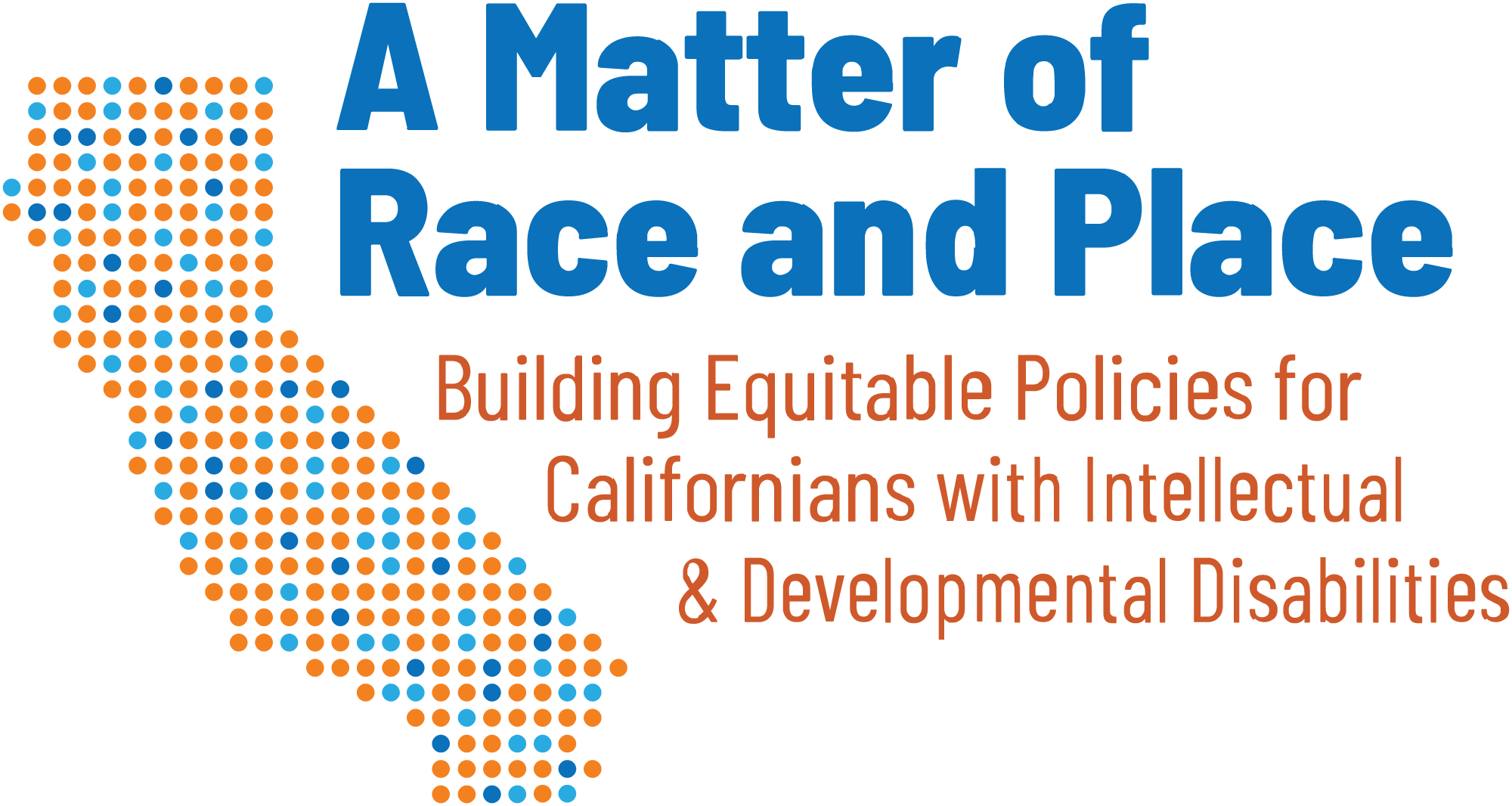
2024 Equity Conference
Video Recordings Now Available!
Did you miss out on the 2024 Equity Conference? We have good news! A playlist of the conference is now available on our YouTube channel.
A one-day conference bringing together disabled people and their families with advocates, researchers, and healthcare and I/DD professionals
Friday, November 8, 2024
8:30 am – 3:30 pm
at The California Endowment
1000 Alameda Street, Los Angeles
We will discuss the systemic barriers and institutional biases within various systems, including regional centers, education, health care, and others. We will use personal stories and data to guide us.
The event will feature keynotes, panels, and breakout sessions where participants can work together to find solutions to these challenging issues. Attendees will share practical ideas and policy recommendations to make these systems fairer for everyone, regardless of their race and place. The conference recommendations will be shared in a report to help shape future policies.
- This conference is not vendored with regional centers.
- Regional centers can often pay for their clients and families to attend the conference. Find out more here.
- SDP participants can ask their FMS to purchase tickets for them.
Spanish, Korean and ASL interpretation will be available.
Keynote Address: Dr. Sergio Aguilar-Gaxiola –
What You Have to Know About Equity for People with Intellectual and Developmental Disabilities.
Únase a nosotros para una conferencia de un día en persona que tratará las desigualdades raciales, étnicas y geográficas que afectan a los californianos con discapacidades intelectuales y de desarrollo.
Vamos a hablar sobre los problemas de sistema y los prejuicios en instituciones como centros regionales, educación, atención médica y más, usando historias personales y datos para guiarnos.
El evento tendrá charlas principales, paneles y sesiones de trabajo donde los participantes podrán colaborar para encontrar soluciones a estos problemas difíciles. Los asistentes compartirán ideas prácticas y recomendaciones políticas para que estos sistemas sean más justos para todos, independientemente de su raza y lugar. Las recomendaciones de la conferencia se incluirán en un informe que ayudará a guiar las políticas futuras.
Esta conferencia no esta vendorizada con los centros regionales. Los clientes y las familias de los centros regionales pueden solicitar el reembolso a sus centros regionales. Los participantes en el SDP pueden pedir a su FMS que les compre el boleto.
Conference Sponsorships
Your sponsorship helps the disability community come together to create solutions – and is a great opportunity for you to visibly engage with this community. Sponsorships provide multiple ways to highlight your organization before and during the conference.


 Sergio Aguilar-Gaxiola, MD, PhD
Sergio Aguilar-Gaxiola, MD, PhD